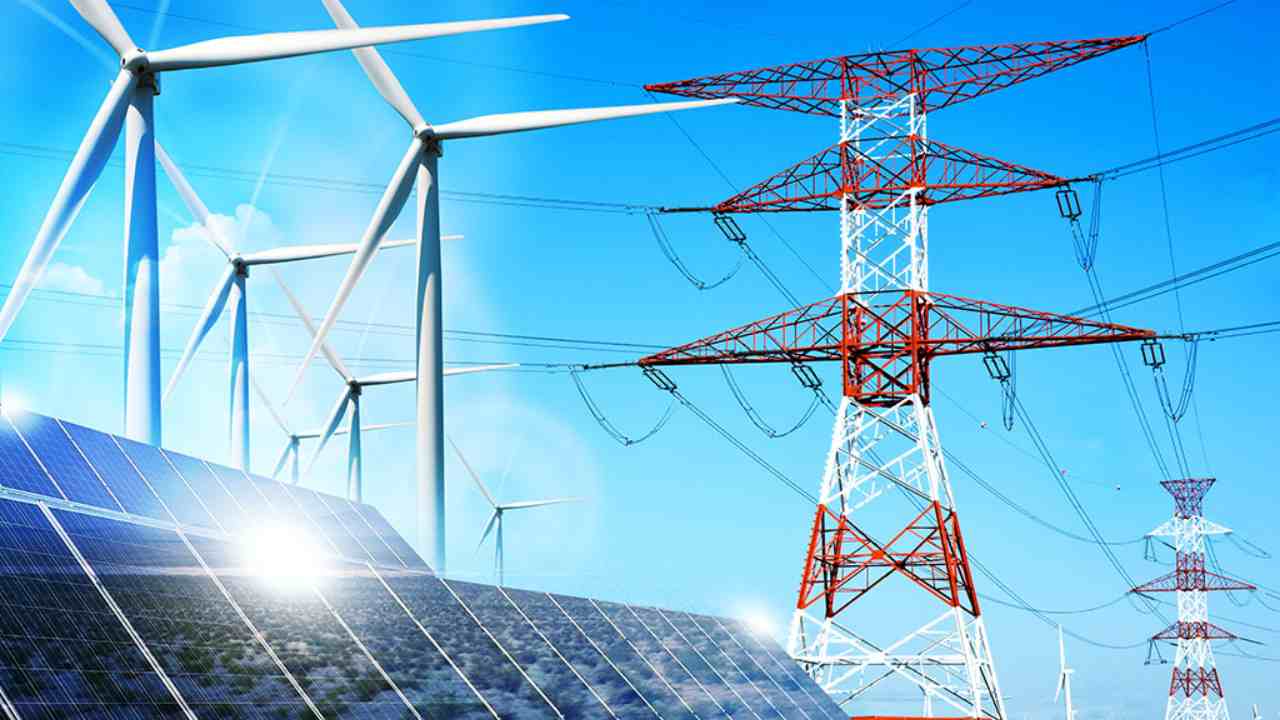Inadequate grid infrastructure hinders global transition to renewable energy, warns IEA

A recent report by the International Energy Agency highlights the critical issue of underinvestment in electrical grids, threatening the progress of renewable energy and climate goals.
The International Energy Agency (IEA) has sounded a stark warning about the global shift toward renewable energy sources. In a recent report, the IEA underscored the severe problem of underinvestment in electrical grids around the world, a challenge that is impeding the growth of the renewable energy sector and posing a substantial risk to climate change mitigation.
The report paints a concerning picture of the current state of electrical grids. It emphasizes the growing disparity between the rapid expansion of clean energy technologies, such as solar and wind power, electric vehicles, and heat pumps, and the limited capacity of existing grids to accommodate these innovations. This grid inadequacy is causing a bottleneck in transitioning away from fossil fuels.
IEA Executive Director Fatih Birol aptly compared the situation to “manufacturing a very efficient, very speedy, very handsome car — but you forget to build the roads for it.” In essence, the renewable energy projects that could generate a massive 1,500 gigawatts of power are hindered by the absence of adequate grid connections.
The implications of this grid insufficiency extend beyond project delays. It poses a genuine threat to achieving global climate objectives, notably the aspiration to limit the global temperature increase to 1.5 degrees Celsius above pre-industrial levels, a key goal of the 2015 Paris climate accords. Birol stressed that without substantial investment in grids, this objective is unlikely to be met.
The IEA’s assessment indicates that meeting these climate targets would require adding or renovating a staggering 80 million kilometers (50 million miles) of power lines by 2040—equivalent to the entire existing global grid in less than two decades. To achieve this, annual grid investments must more than double, reaching over $600 billion per year by 2030.
The challenges in expanding electrical grids vary from one country to another, with bureaucratic hurdles often causing delays in advanced economies. The report highlights examples of significant delays, such as the South Link transmission project in Germany, originally planned in 2014 but hampered by political opposition.
Crucial projects worldwide, including the Bay of Biscay connector between Spain and France, the SunZia high-voltage line in the United States, and the Avangrid line transporting hydropower from Canada to New England, have also faced hurdles.
The IEA’s report emphasizes the urgency of addressing this grid deficiency to support the transition to green energy. Without substantial investments and streamlined approval processes, the world risks falling behind in the race to combat climate change and achieve a sustainable future driven by renewable energy sources.





